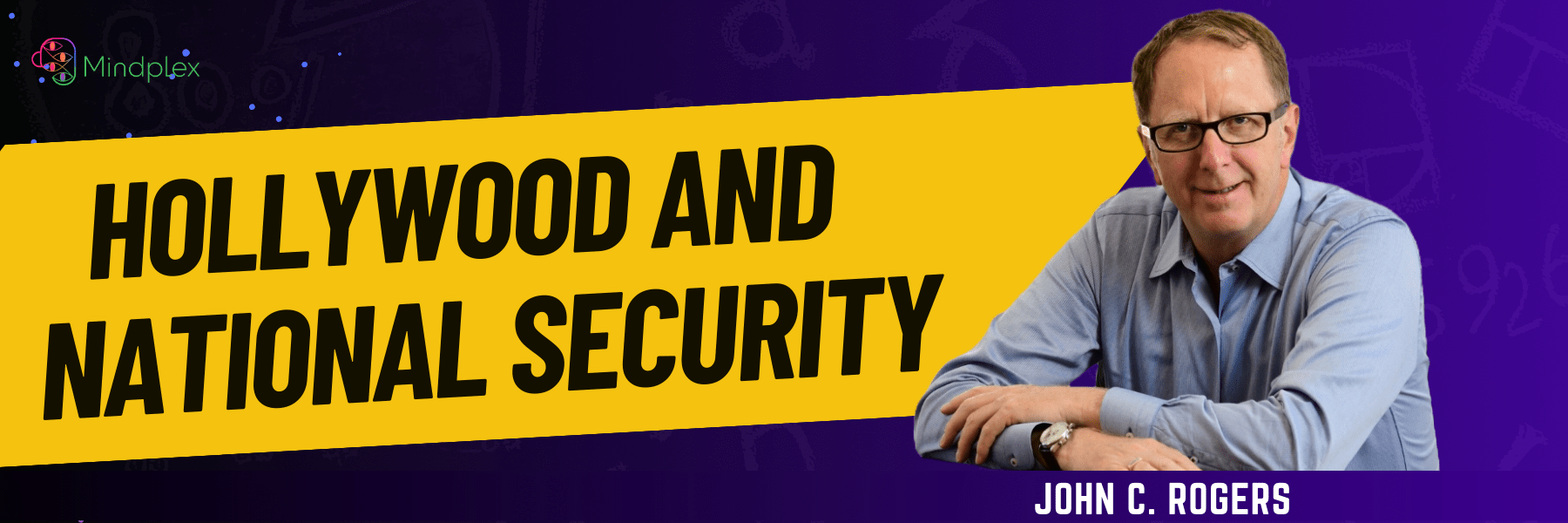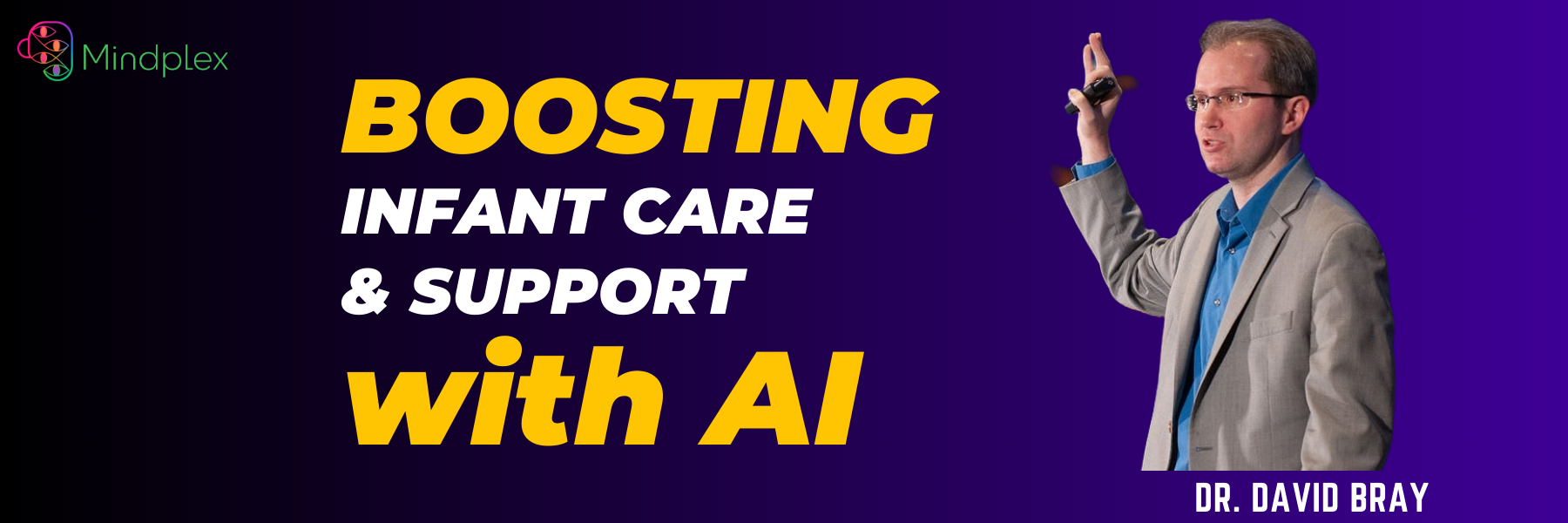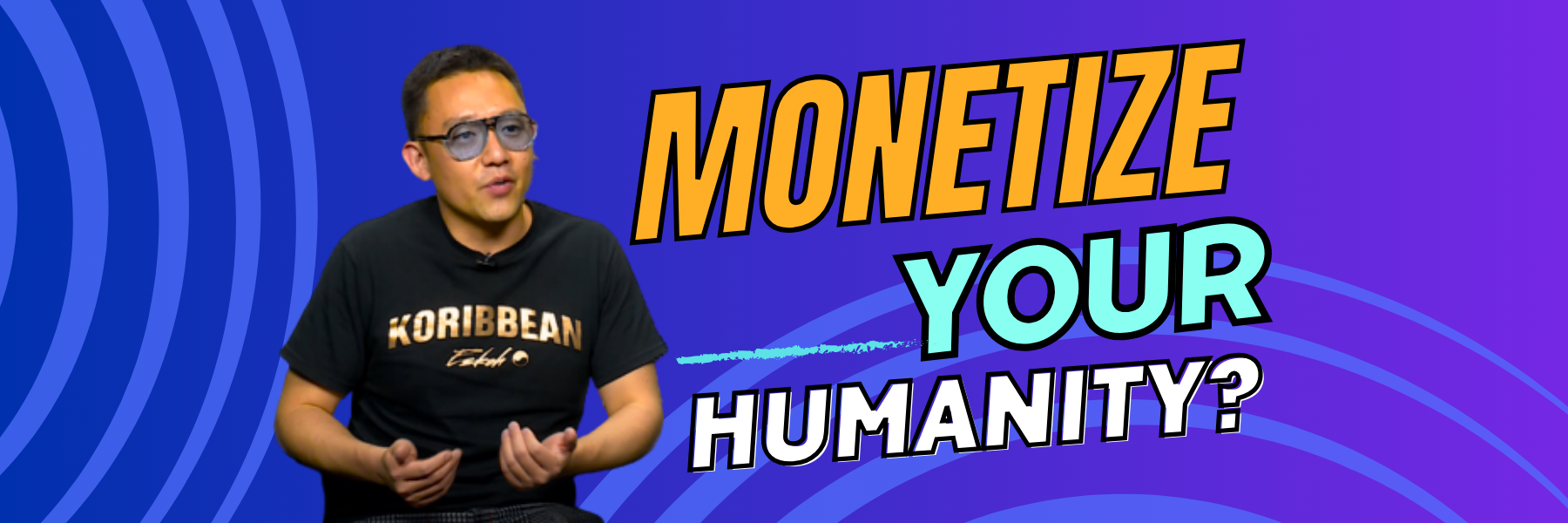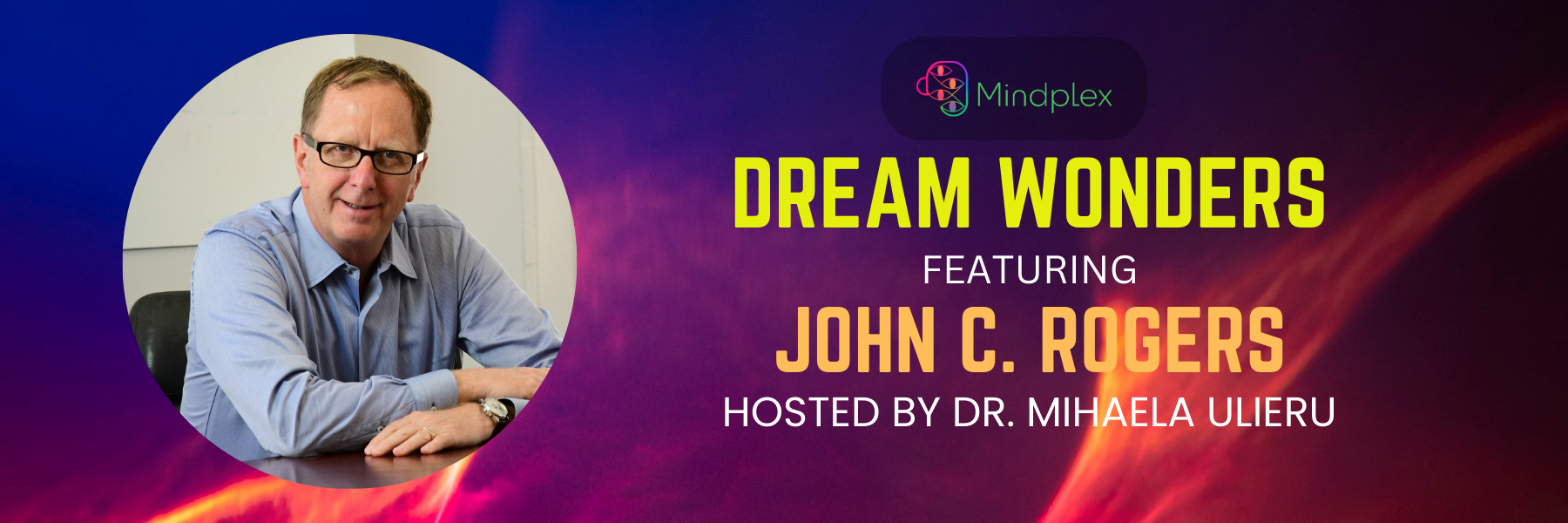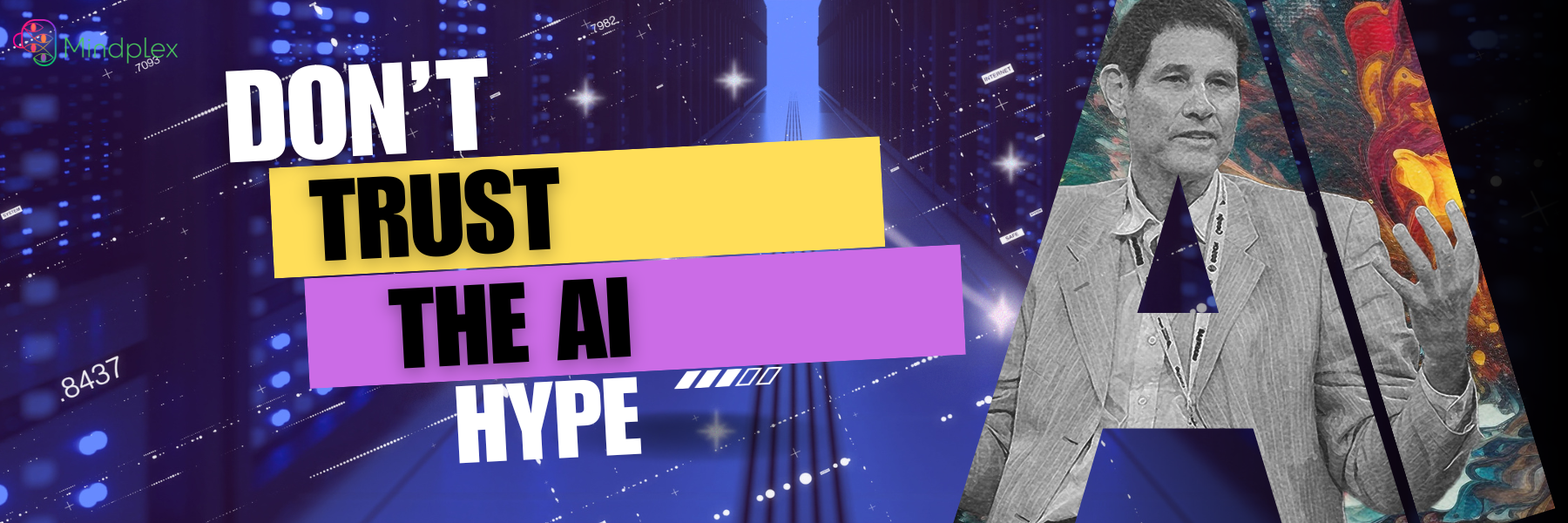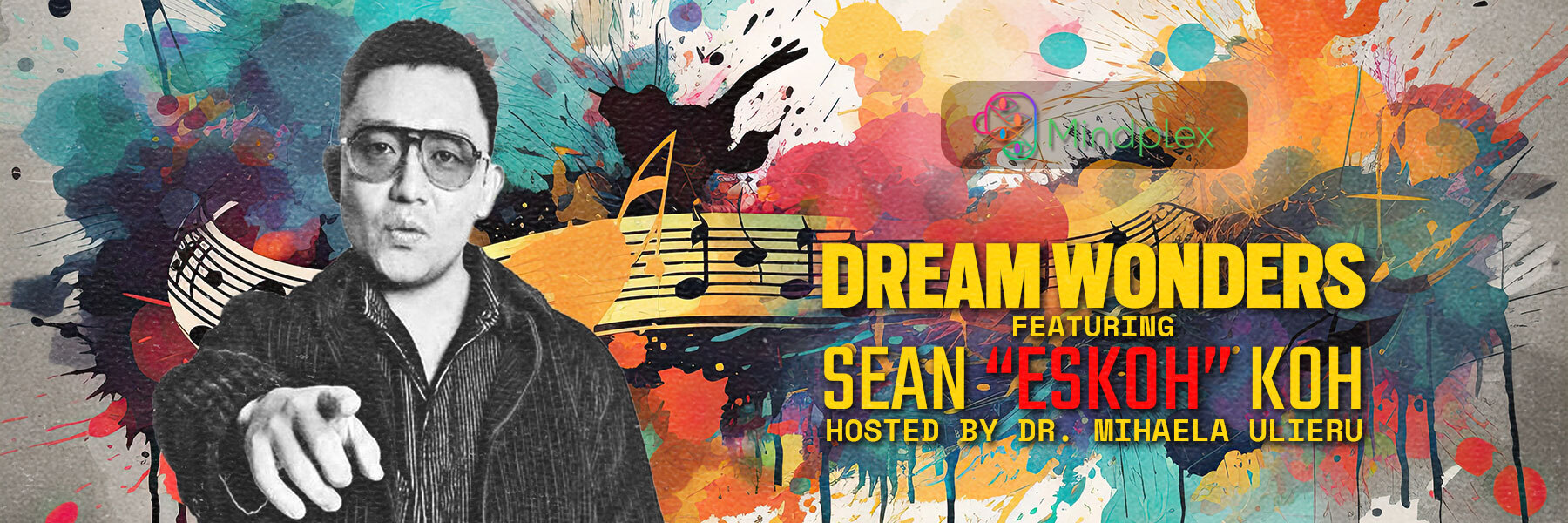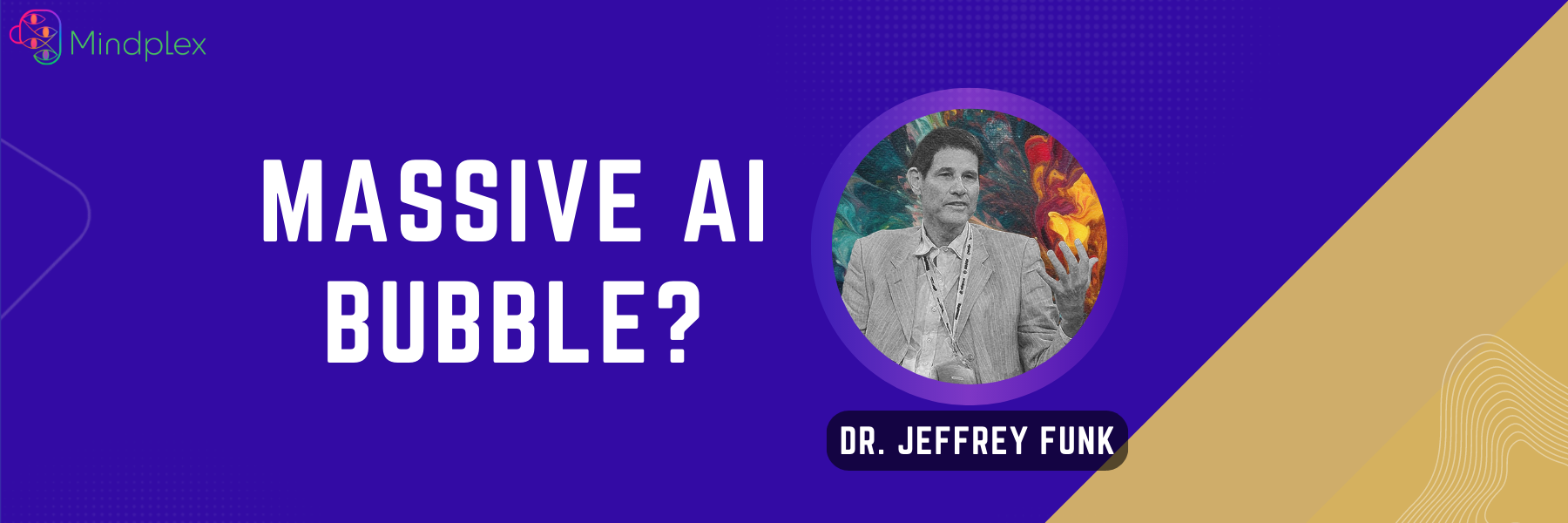Let us know your thoughts! Sign up for a Mindplex account now, join our Telegram, or follow us on Twitter.
Archives: Community Content
Community content custom post type.

Experience the best of Mindplex on the go! Download now for a seamless, fast, and intuitive experience.
Download NowBy Clicking "Create account" I agree to MindPlex's Terms of Service and Privacy Policy
Don’t worry! It happens. Please enter the email address you used when you joined and we’ll send you instructions to reset your password.
Community content custom post type.

